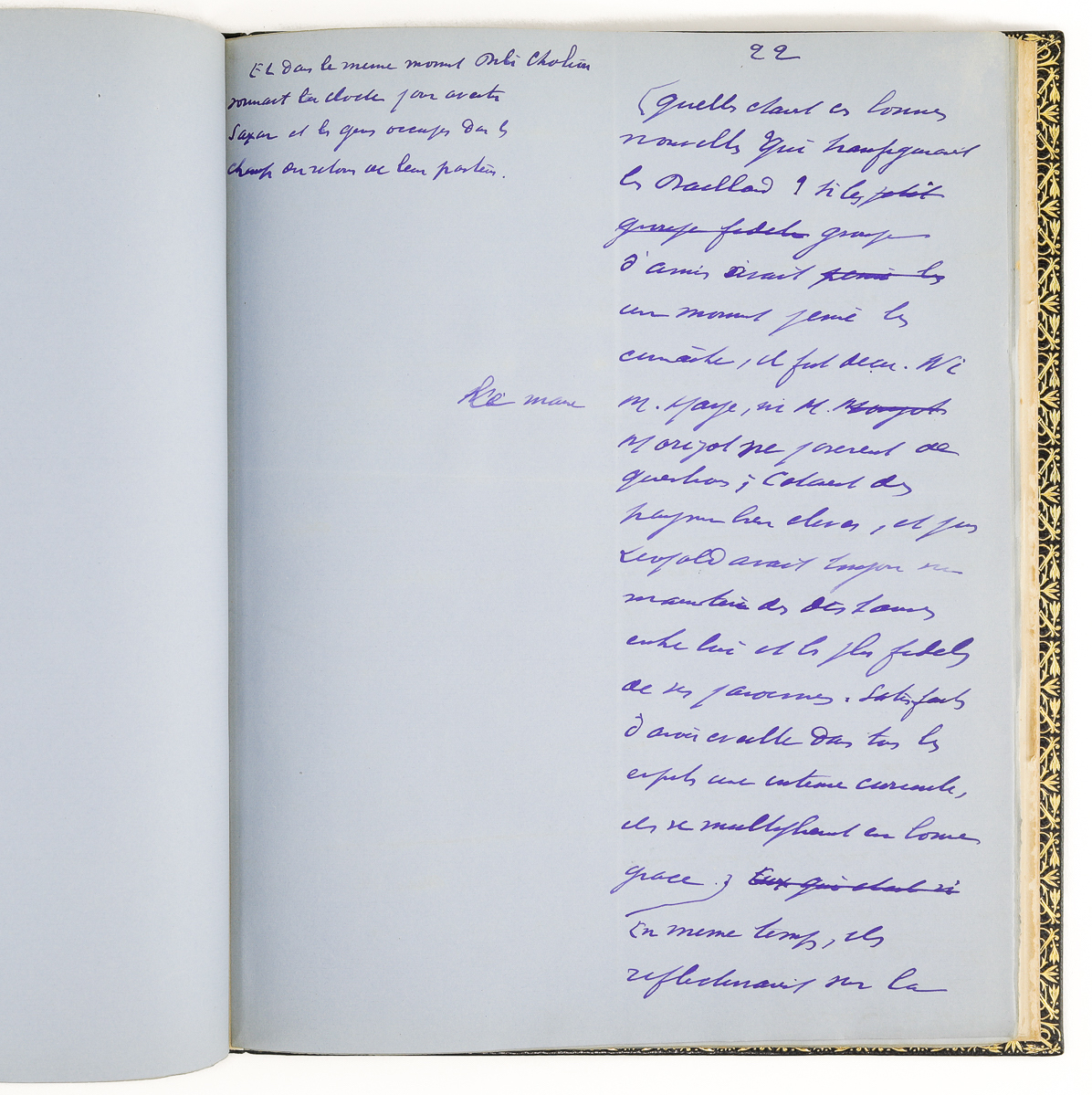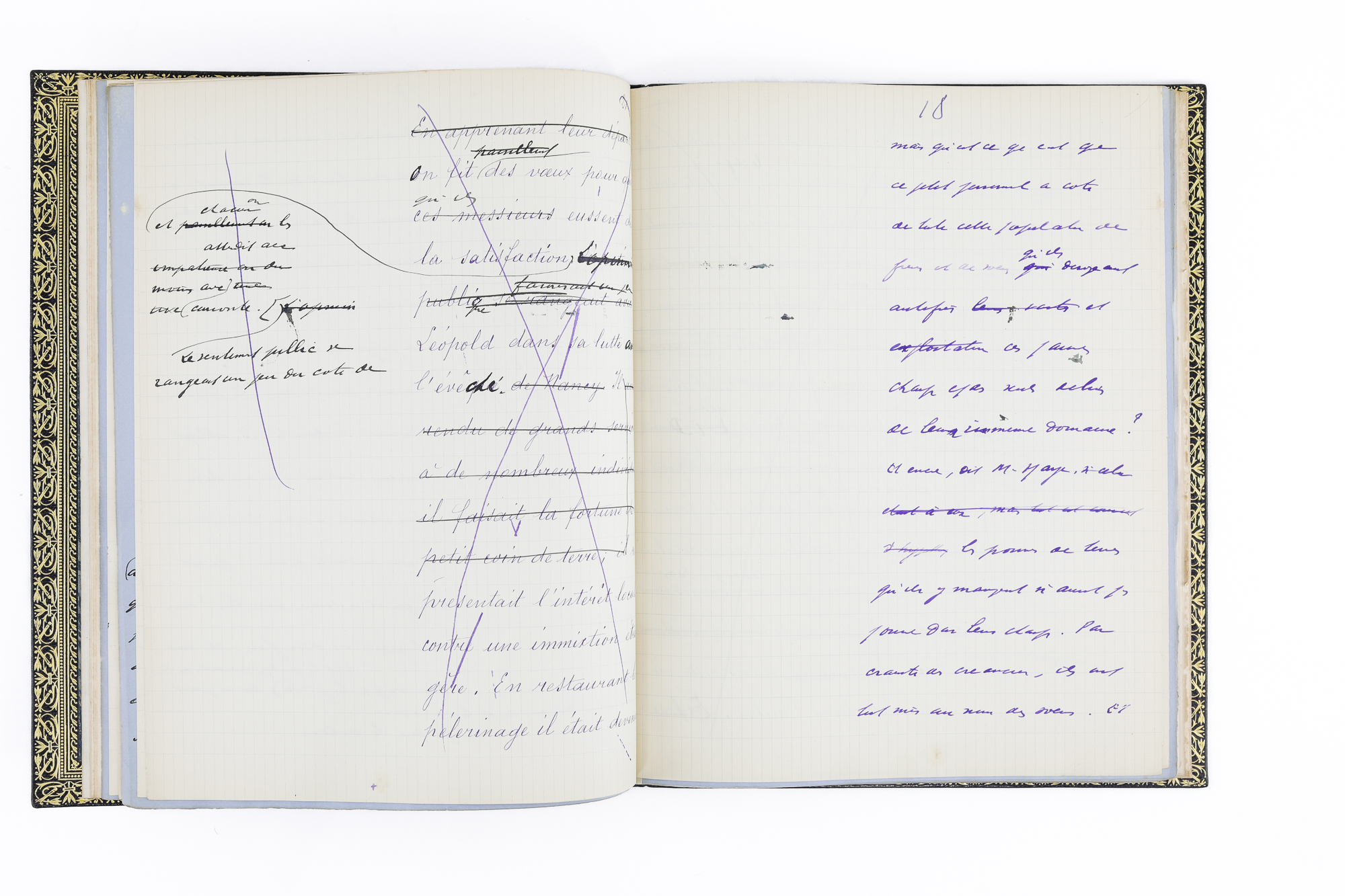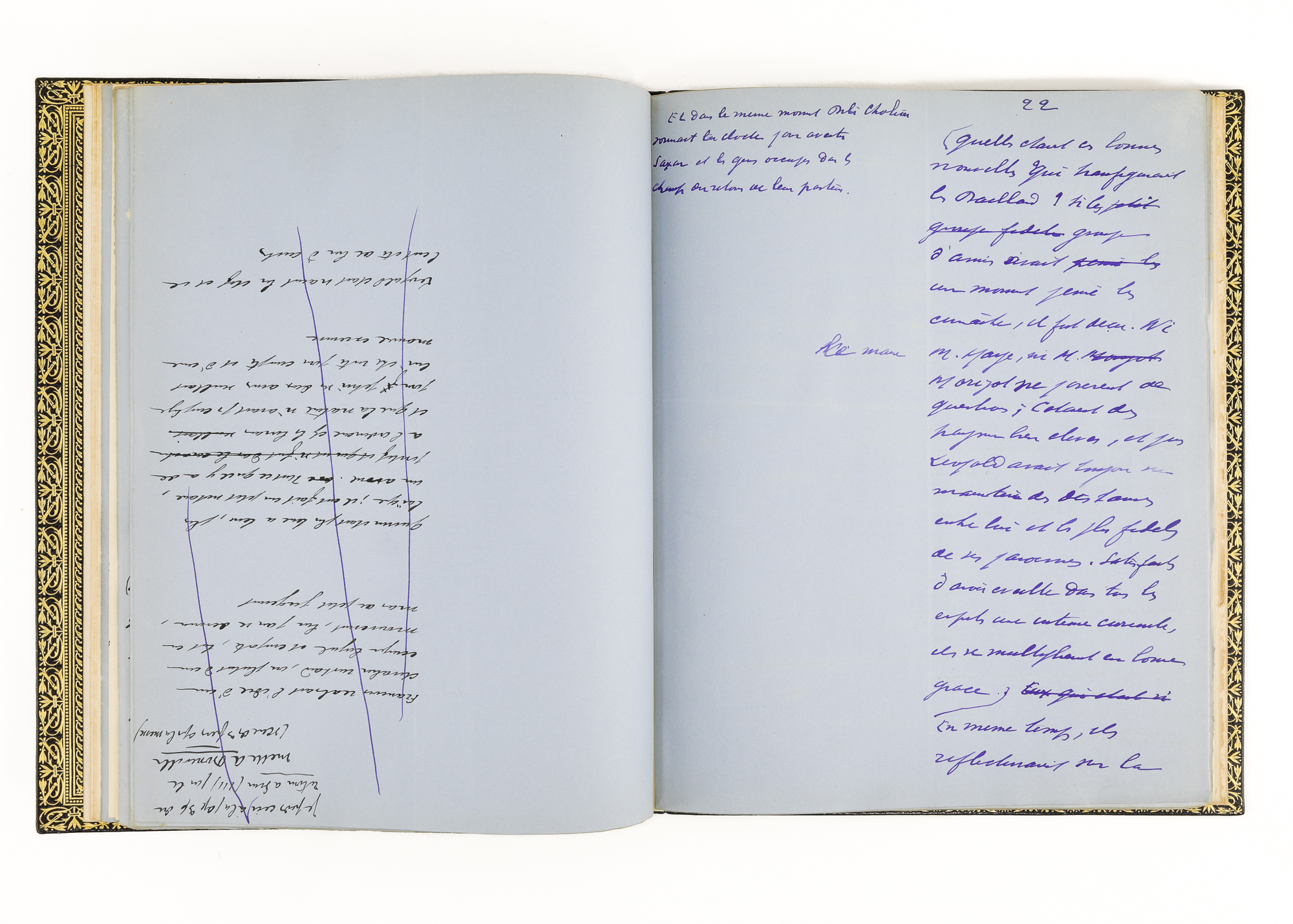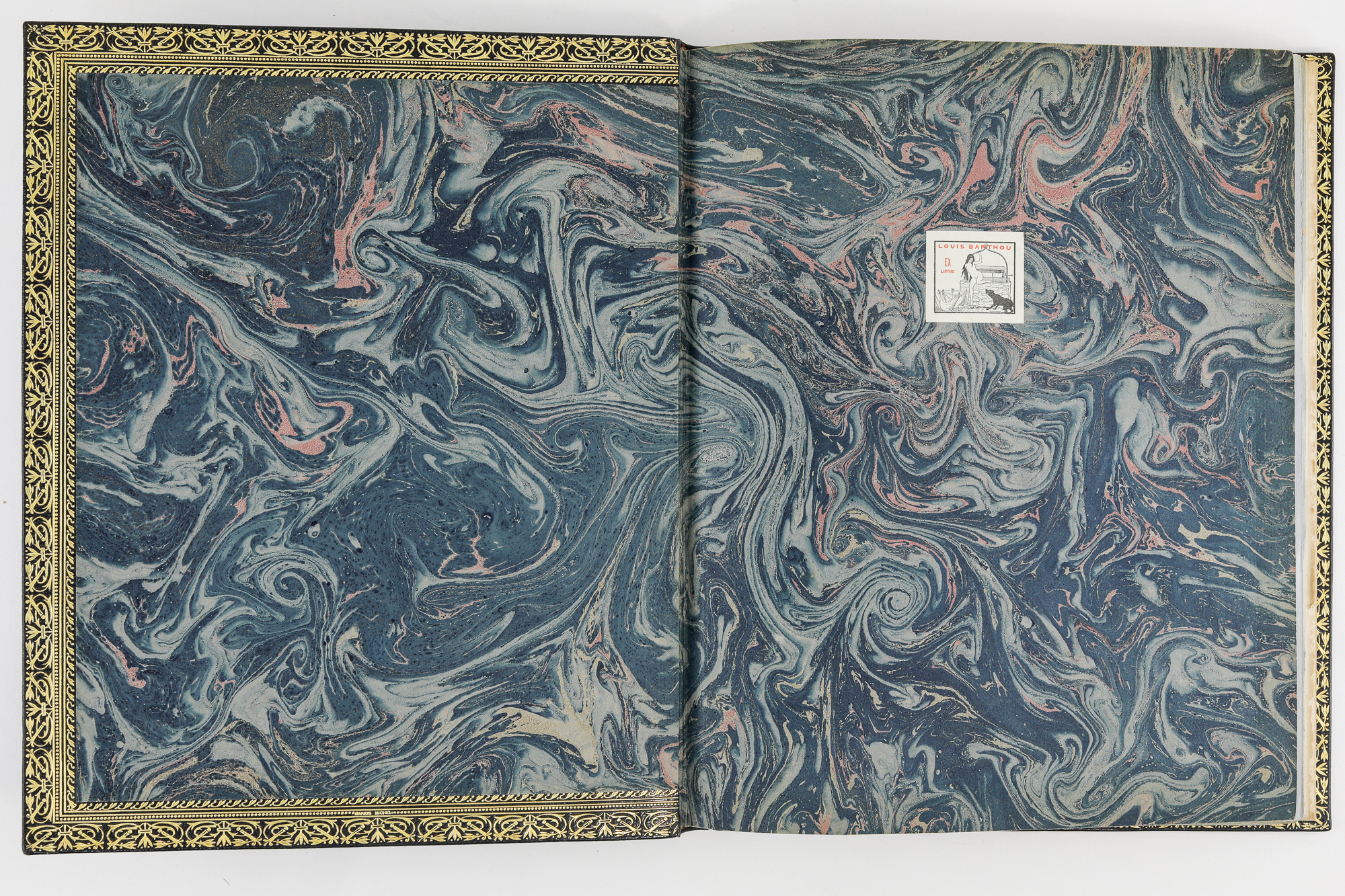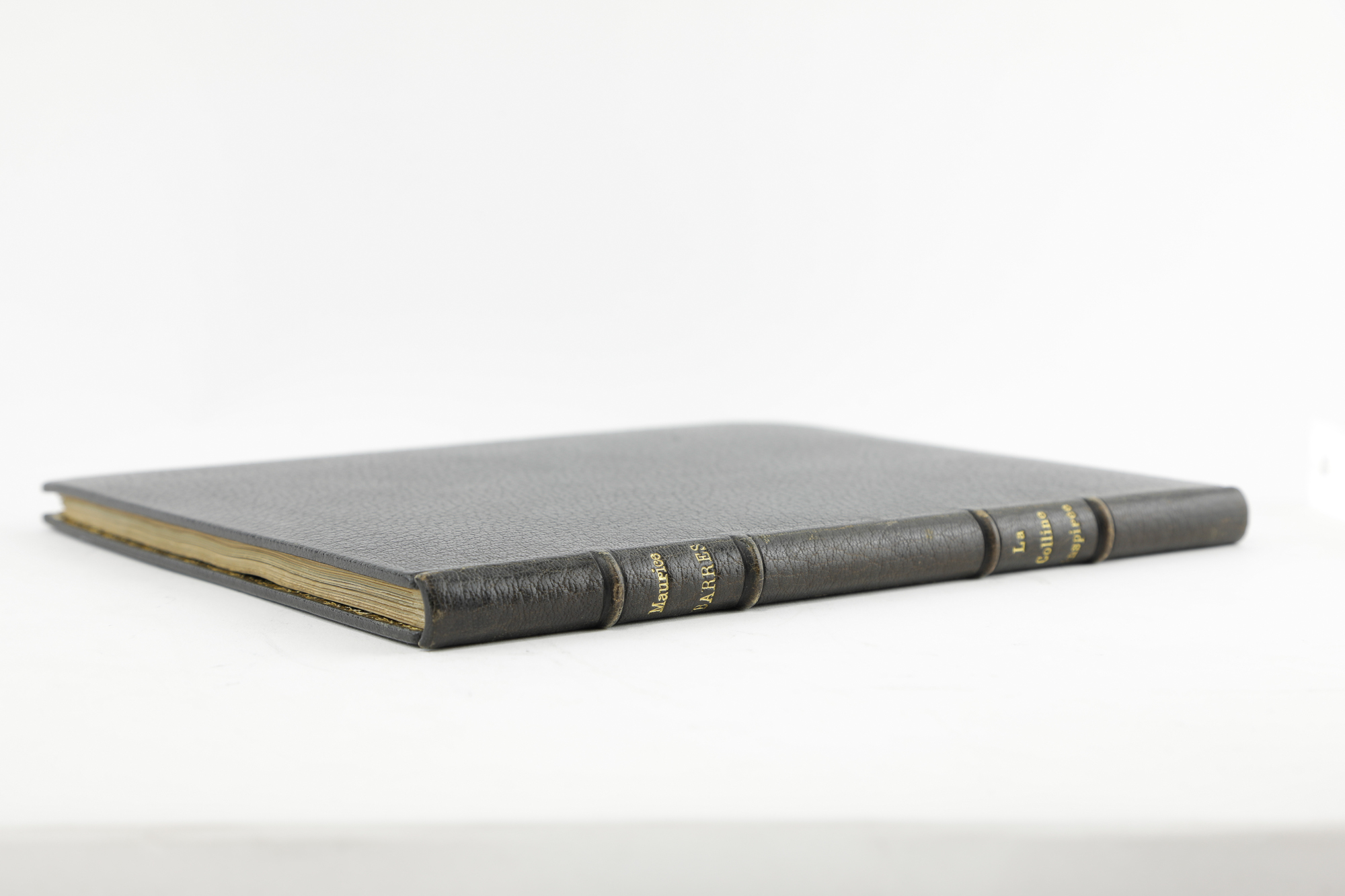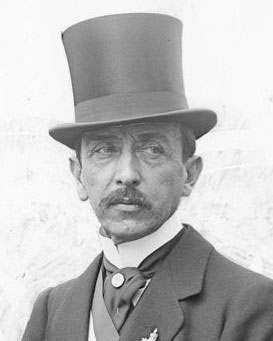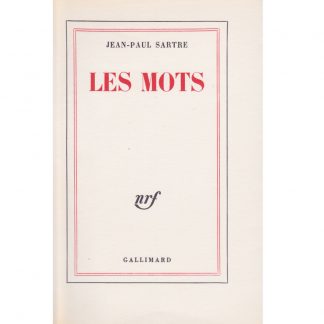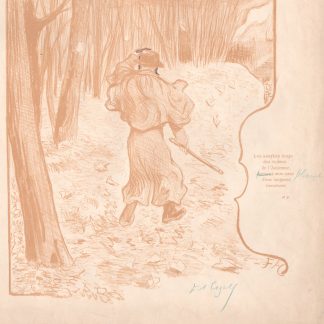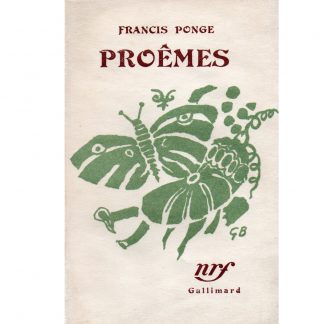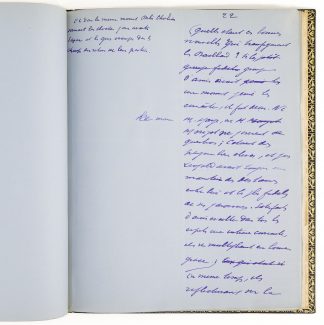Description
LARGELY AUTOGRAPH MANUSCRIPT OF AN UNPUBLISHED EARLY VERSION OF THE CHAPTER la Colline celebrates its king.
From the prestigious collection of Louis Barthou, who had the manuscript luxuriously bound by Marius Michel.
SIGNED AUTOGRAPH CONSIGNMENT :
"to Louis Barthou
in memory of our dinner yesterday and his friendly words of fragment de La Colline celebrates its kingCh. V. de La Colline
Friday morning, 30 May 1919
Maurice Barres
The manuscript is partly in Barrès's handwriting (25 pages) and partly in the handwriting of Beauvillard, the schoolteacher who held the post of deputy for
the writer, with Barrès's autograph corrections (49 pages). This is a late version, relatively close (in time and content) to the definitive text. Claire-Bompaire Evesque, drawing on Barrès's working documents - correspondence, notes, drafts - held by the BnF, documents the many stages in the genesis of La CollineThe project began in 1907: after a period of documentary research, Barrès proceeded to "mise en idées" (enrichment through secondary sources). This was followed by a "formatting" stage, during which the written passages were mixed with simple indications of narrative content and style. This manuscript, although it differs significantly from the final version, is free of these 'bits to do'.
A comparison of the manuscript with the text of the original 1913 edition reveals an overall reorganisation of the chapter, with elements of description and paragraphs moved around, which testifies to Barrès's doubts. Claire Bompaire-Evesque notes "Hesitations about the arrangement of sequences in the text are noticeable on the outlines of particular chapters." (p. 137) In addition, the manuscript comes to an abrupt halt when the community of Baillard brothers goes to the chapel to give thanks to the Virgin. In the final version, the event is avoided, and the chapter concludes with 2 pages of reflection (pp. 119-121), of which only the last paragraph appears in the manuscript.
The changes are mainly formal: eliminating repetition, combining sentences, clarifying and simplifying. For example, one passage (pp. 55 & 58) is cut entirely: "To divert and lift spirits, [Léopold] drew from his pocket, carefully wrapped in tissue paper, seven small packets. These are all beautiful rosaries of Saint Hubert, which he hands to each of those present. Then he turns to his neighbour on the right."It then appears on p.57 of the manuscript, the simplified version, close to the text of the original edition, "However, Leopold was not a man to put up for long with the profane character that the little meeting was taking on. To divert and lift spirits :"
Numerous restatements bear witness to the extensive work carried out on the style. There are several alternative versions of the same description:
First, on the back of p. 50, crossed out in pencil: "François had the idea of a rustic knight, or rather a loyal and spirited squire, all movement, good at devotion, but of little judgement".. Then on pp. 44 and 45 of the manuscript, a new version, substantially different and close to the text of the original edition:
"It was charming to listen to François and to see the limpid bottom of this nature which thinks only of admiring and serving appear. He presented the ideal type of cleric and squire" and then "It was charming to see how an unshakeable conviction had formed in the limpid depths of this kind of nature that thinks only of admiring and serving. He was the ideal type of cleric and squire. He could have been seen either on the straw of the rue du Fouarre, listening to the lessons of Abelard, or lying across the tent of the knight his liege. [To listen to him, the most defiant spectator would have been convinced that this great credulous child was of the [...]".
The most important transformation concerns a dialogue between two villagers who are discussing the finances of Léopold's community (manuscript pp. 17-19, EO p. 103-105). This passage, which in the manuscript already bears the mark of many repentances, is in the original edition entirely reworked to 'colour' the voices of the characters and give substance to the hill of Sion.
What else does he have with him? A nun and two brothers. They've taken good care of the garden and the few plots of land they still have here and there. But what is this little newspaper next to the whole population of brothers and sisters they once managed, and these poor scattered fields, the only relics of their immense estate? And yet," says Mr Haye, "the potatoes they eat there didn't grow in their fields. For fear of creditors, they put everything in the name of the sisters. And the sisters were only able to buy with borrowed money." (manuscript, pp. 17-19)
Thus becomes :
- Peuh! The five nuns are devoted to them," replied Mr Haye. You can see that between the seven of them, they've done quite a bit of work in the garden.
- No doubt these are potatoes for their winter, but between you and me, they didn't grow in their field....
- What do you mean, Morizot?" interrupted Mr Haye, stopping his frank eyes on the schoolmaster's slightly sulky face.
- Which you know as well as I do. To escape his creditors, Léopold has put everything in the sisters' name, and nothing is paid for. Everything here belongs to the lender, a rather inconvenient lender, Mademoiselle L'Huiller, as you well know. La Noire Marie, from Gugney. (É. O, pp. 103-104)
Another detail that helps to anchor the story in its 'terroir' is that the dog 'Tambour' becomes, in the original edition, 'lLéopold's beloved dog, La Mouya, as she calls herself, which means "the best of the best" in the local dialect." (p. 97-98).
In addition to these formal changes, however, the narrator's role is also diminished, with the first person ("they would, I imagine, have given pale city dwellers a slightly animal impression"p. 39 of the manuscript, becomes "they would have given city dwellers a slightly animal impression") and several calls to "us": "the mediocrity of these stanzas should not disenchant us, nor should the singer's Lorraine accent"In the original edition, it appears as "the mediocrity of these stanzas composed for pilgrims, who still sing them as they walk along the paths of the hill, could not, any more than the singer's Lorraine accent, disenchant this small world." This new narrator paints a less cynical portrait of Leopold. Compare :
"A smile of extreme benevolence never leaves his lips, the smile of images of piety, the good-natured face lent to Pierre Fourier in the little books of hagiography. Of course, he takes great pains to recall the saintly figures of yesteryear. And it is also with an appropriate solemnity that he delivers this little speech" (manuscript pp. 35-36)
To the text of the original edition :
"A smile of extreme benevolence does not leave his lips, the smile of the images of piety, the one that the books of hagiography lend to the holy characters of old. Suddenly, he taps his knife on his glass. Everyone fell silent, and he said in a solemn voice: "(p. 109)
Allusions to the disapproval of the bishopric are also eliminated, narrowing the focus to the 'converts' of Sion. See this unpublished passage:
"This exodus was frowned upon by the bishopric; it did not surprise the villages. They were used to the shamelessness of Messieurs Baillard, to their long absences, for years the three of them and Sister Thérèse had been beating the roads of the world on their quests. And if the ecclesiastical authorities showed their displeasure, the peasants did not care. What was this distant bishop doing to them [...]" (pp. 12-13 of the manuscript)
15 pages of the manuscript are written on the back of re-used pages containing passages from an earlier version of the chapter, as well as handwritten passages from other chapters of the novel.
"La Colline inspirée has been hailed by critics as a masterpiece of maturity. Narrating a true story that brings into play the most profound religious aspirations, the writer seems to have found the right balance between the art of bringing characters to life, which is traditionally the hallmark of the novel, and the reverie surrounding the great questions, which is ideology in the Barrésian sense, or perhaps simply poetry."(Claire BOMPAIRE-EVESQUE - Barrés' choices in La Colline inspirée)
But this balance was achieved at the cost of a long and arduous task, begun in 1907, Barres did not produce the definitive version until 1913:
"Here is a large manuscript that I am just finishing (...) It represents many years of my life and I could swallow up more than one. Some of these subjects are abysses " (My NotebooksVolume XVII).
Almost all the archives relating to the writing of La Colline Inspirée - documents, manuscripts, proofs - were bequeathed to the BnF by Mme Bazin, heiress of the Barrès family. Given in 1919 by Maurice Barres to the magistrate, politician and fine bibliophile Louis Barthou, the chapter we are presenting is one of the few important manuscripts that escaped this donation.
Contemporary binding by Marius Michel. Full midnight blue morocco, spine ribbed, gilt title, spine flaps edged and decorated with friezes. Spine slightly faded.

